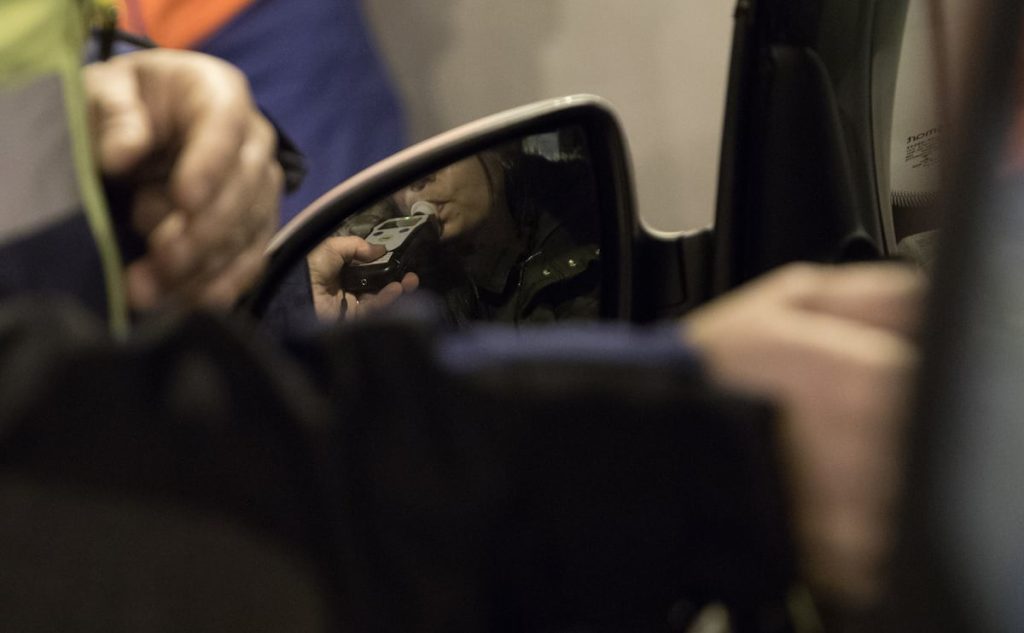During a special surveillance campaign conducted by La Guardia Civil between August 19th and 25th, it was revealed that 500 drivers were detected each day for driving under the influence of alcohol or drugs. This campaign was part of the latest initiative by the Directorate General of Traffic (DGT) to raise awareness about the dangers of driving after consuming alcohol. The DGT emphasizes that alcohol remains the second leading factor in fatal accidents on the roads. As a response to these findings, Interior Minister Fernando Grande-Marlaska announced plans to reduce the maximum blood alcohol level to 0.2 grams per liter.
During the campaign, nearly 226,000 tests were conducted for alcohol and drugs, resulting in 2,156 positive cases for alcohol. In one out of every ten cases, legal proceedings were initiated for exceeding the limit of 0.6 milligrams of alcohol in the breath test or 1.2 grams per liter in blood, which constitutes a criminal offense. For cases where the alcohol level in the breath test falls between 0.5 and 0.6 grams, penalties will be administrative, including fines and point deductions. In addition to alcohol, 1,645 individuals tested positive for various substances, with cannabis being the most common at over 1,200 cases, followed by cocaine detected in 565 instances.
Alcohol is a major contributing factor to traffic accidents, with more than half of all traffic fatalities in 2023 having consumed alcohol before driving, according to a report by the National Institute of Toxicology. Similar statistics were found among pedestrians, with alcohol present in 41.5% of pedestrian fatalities due to accidents. Compared to other European countries, only Estonia, Poland, and Sweden have a maximum alcohol level of 0.2, while Romania, Hungary, and the Czech Republic have zero tolerance for alcohol when driving. Among these countries, only Sweden has a lower rate of traffic fatalities compared to Spain.
The results of the campaign also revealed that 4,570 individuals drove after consuming alcohol but did not exceed the legal limit. This highlights the importance of raising awareness among all drivers about the dangers of driving after consuming alcohol, even if they do not surpass the legal limit. These campaigns are not only aimed at detecting offenders but also at educating and encouraging responsible behavior among all drivers. It is crucial for individuals to understand the risks associated with driving under the influence and to make safe decisions when getting behind the wheel.
Overall, these findings underscore the ongoing issue of driving under the influence of alcohol and drugs, which continues to contribute to road accidents and fatalities. By enforcing stricter measures and implementing educational campaigns, authorities aim to reduce the prevalence of impaired driving and create safer roads for all users. It is essential for drivers to prioritize road safety and make responsible choices to prevent the tragic consequences of impaired driving.


